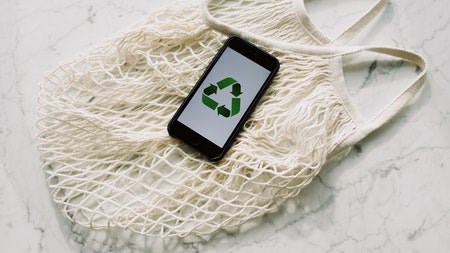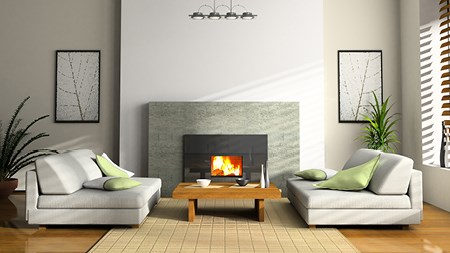Electricity tariffs increased by a massive 15.63% in April, providing a strong incentive for South African households to lower electricity consumption and to cut other home operating costs.
On average, South African households spend 24% of their electricity budget on hot water cylinders, with heating and cooling of space accounting for 18% of the power usage.
Lighting accounts for 17%, cooking 11%, fridges and freezers 8%, and consumer electronics in standby mode 15%.
Hot water cylinders
As geysers account for a quarter of electricity consumption in most households, it makes sense to look at these appliances first when trying to cut costs.
For optimal efficiency, geysers should be fitted close to the areas where hot water is used. In a large house, installing two geysers - one for the kitchen and another for the bathrooms - will minimise the amount of water wasted while waiting for hot water to reach basins or sinks.
Set geyser thermostats to 60 degrees C.
Geyser blankets and pipe insulation slow down the rate at which a geyser cools when switched off so that it uses less electricity to reheat the water to the preset temperature. According to Eskom, geyser blankets and pipe insulation will save an average household of four between R180 and R250 a year.
Taking short showers instead of bathing will save the energy required to heat an average bath of water. Install energy and water-saving showerheads to further reduce hot water consumption by about 24%.
Always switch off the geyser when you will be away from home for any length of time.
Solar
Roof-mounted solar panels can be used to heat water as well as generate electricity. Upfront installation costs have steadily reduced as solar technology has improved, so the monthly savings should enable you to recoup your costs within a reasonable period.
Heaters
Remember to always close doors and windows when using a heater, to prevent unnecessary heat loss.
Infrared heaters are more efficient than other space heating systems, as energy is transferred by radiation, creating heat and comfort instantly without the use of air-circulation fans. They can be used for spot heating and area heating as they warm the people in the room rather than the space.
Oil-filled heaters are the safest for bedrooms, with a thermostat control that switches the unit on and off as required. To save energy, only use the lowest comfortable setting.
Electric blankets consume little electricity. The correct way to use one is to switch it on at the highest setting to warm the bed just before climbing in - then switch it off while sleeping.
Alternative heating methods
In some parts of South Africa, the heating of rooms is one of the biggest consumers of electricity in homes during winter. Improving thermal insulation can save hundreds of rands a year in space heating costs while significantly improving comfort levels.
Insulating the roof and ceilings can reduce heat loss in a house by up to 50%, helping to lower heating and cooling costs. Ceiling insulation methods range from fibreglass sheets to liquid mixtures that are injected into the roof space.
Energy-efficient windows also help to maintain even temperatures indoors, minimising the need for heating in winter and cooling in summer.
Encourage family members to put on extra clothes and use blankets to keep warm in winter without switching on heaters.
Cutting your electricity costs will give you and your family more to spend on other items or enable you to save for a rainy day.



